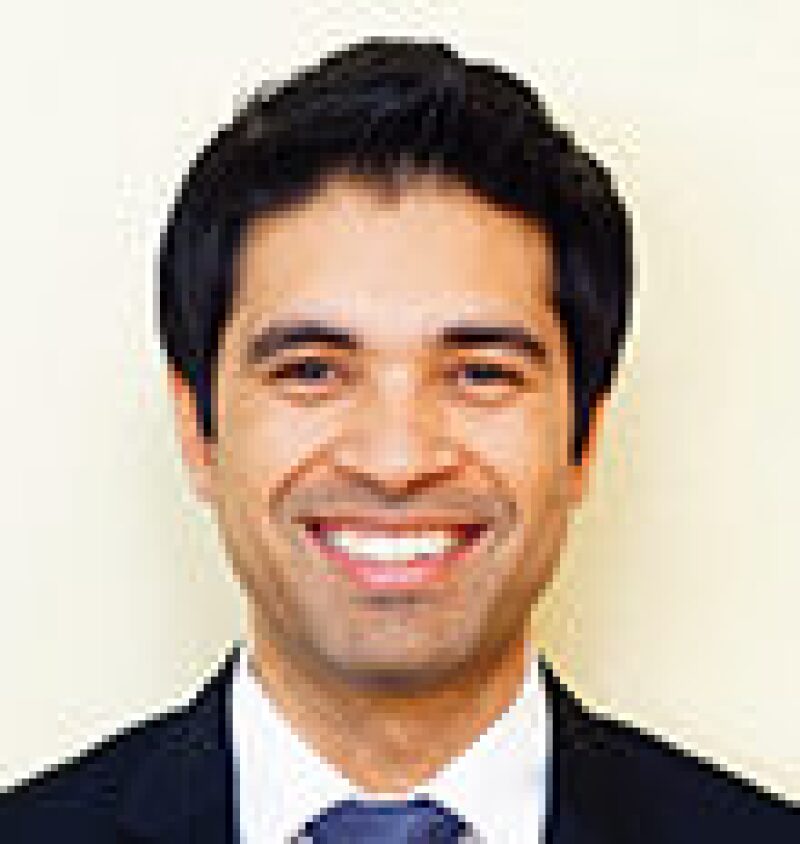The industry, bruised in the past few years by low oil prices, has gained some relief with a recent upward trend in prices. These lean years have reinforced an imperative for survival, which, for many companies, means keeping a check on operating costs while improving production with existing assets, a fundamental pillar of which is using best-in-class techniques in production surveillance and monitoring.
In this regard, there are two ongoing trends in the industry. The first is an increasing wave of digitization, beginning with the reservoir and continuing all the way to the pipeline and beyond, driven by inexpensive data storage and advances in connectivity from production sites. This has enabled the operator access to data on a real-time basis, thereby allowing decision making in a more-collaborative and -efficient manner. One example of such a benefit is the remote operation of electrical submersible pumps on a fieldwide level that allows operators to control the movement of fluids in the reservoir better. Offshore Turkmenistan has examples of operators monitoring several hundred wells, enabling them to conduct optimization on a daily basis.
Second, piggybacking on the increased access to sensor and equipment data, analytics and artificial intelligence are on an exponential rise in the industry. Cloud computing providers such as Amazon and Microsoft are increasingly democratizing the use of such analytics, and a company no longer needs to spend a large amount of capital on infrastructure to access computing resources. Machine learning has the potential to provide a large number of opportunities to automate processes and reduce downtimes. One such example would be intelligent algorithms controlling production and injection rates in the reservoir in order to achieve desired objectives, such as maintaining fluid contacts and preventing residual-oil-saturation losses.
Indeed, increased digitization and intelligent algorithms will lead to new processes being developed and becoming industry standards in the future. Even though the industry is often labeled as being conservative and slow to change, the near future looks promising, resembling an athlete in a relay race, impatiently waiting to grab the baton and shoot off into glory.
This Month's Technical Papers
Improved Monitoring System for Heavy-Oil Steam-Assisted-Gravity-Drainage Wells
Integrated Surveillance Offshore Turkmenistan
Implementing an Integrated Production Surveillance and Optimization System
Recommended Additional Reading
SPE 186216 Comprehensive Analysis of Time-Lapsed Well Productivity Index for Characterizing Well Behavior in Tight Volcanic Gas Reservoir by Utkarsh Vijayvargia, Cairn, et al.
SPE 186205 Real-Time Application of Integrated Well and Network Models Through Smart Work Flows for Optimizing and Sustaining Production Targets in an Area of Kuwait’s Greater Burgan Oil Field by B. Al-Shammari, Kuwait Oil Company, et al.
SPE 186955 Downhole Production Logging for Locating Water Sources in Openhole-Completion Oil-Producer Wells by Amirul Afiq Yaakob, Petronas, et al.



